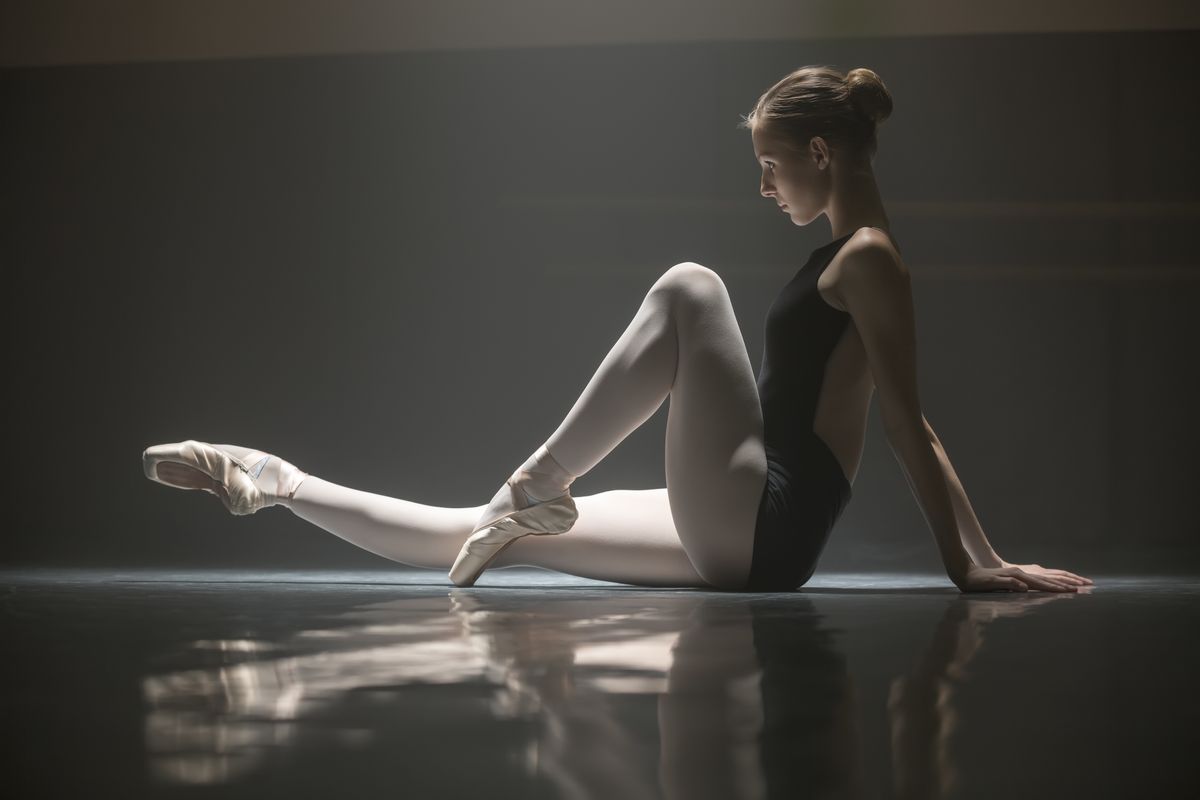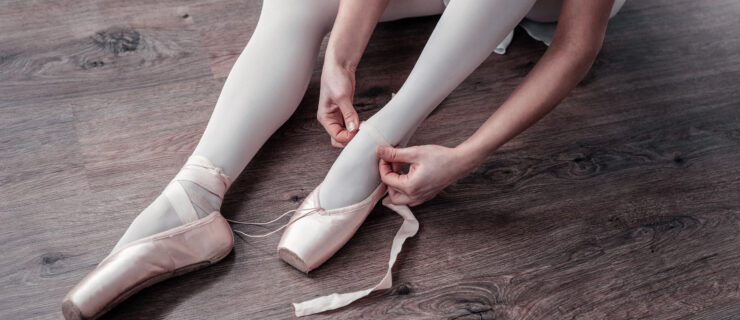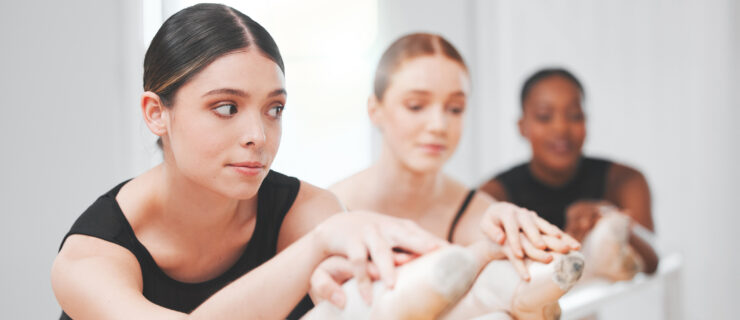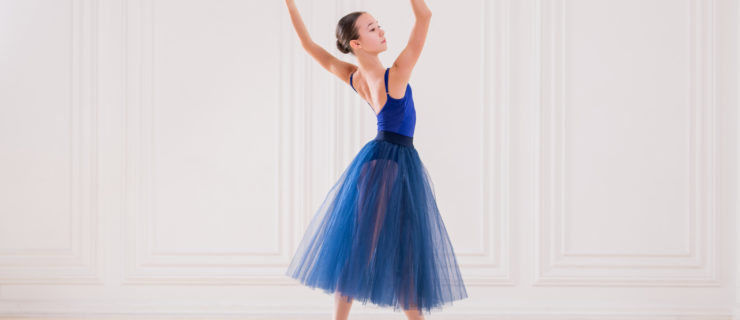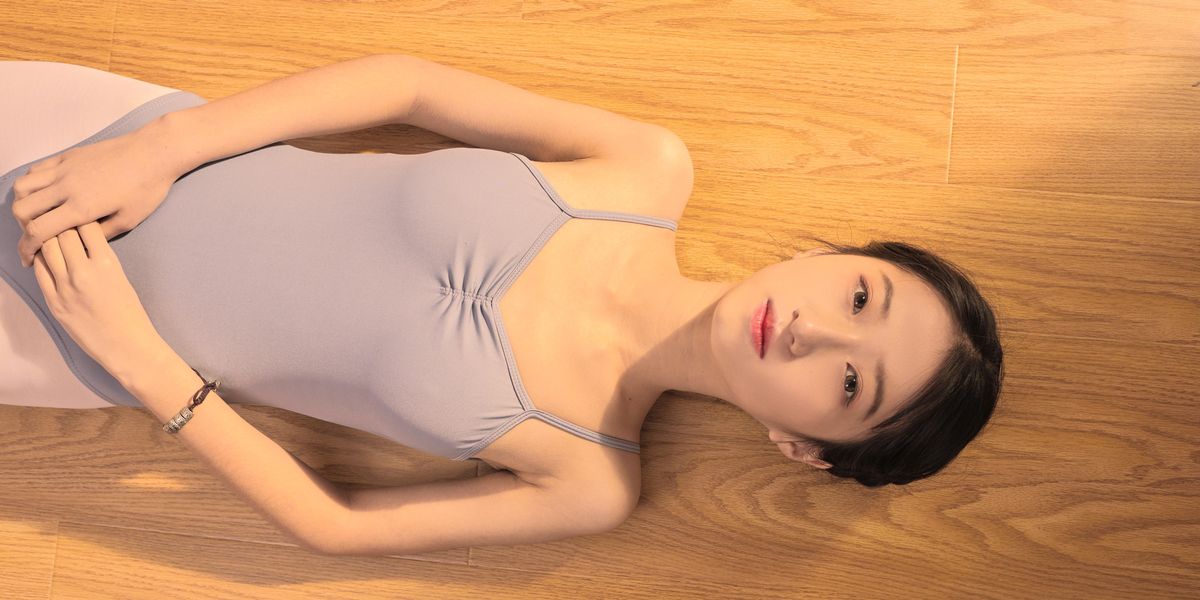Ask Amy: How To Find Alignment With Hyperextended Knees
I have very hyperextended legs, and when I do sauts de chat my teachers say my back leg looks bent, even if I try my hardest and think it’s straight. Why is this happening, and do you have any tips? —Eden
I have hyperextended knees too, so I understand how they can be both a blessing (those gorgeous lines!) and a curse (poor alignment and instability). According to research presented by the International Association for Dance Medicine & Science, hypermobile dancers have decreased proprioception, or awareness of their limbs in space. Because of this, you may feel like your leg is straight even if it’s slightly bent.
It’s possible that you are micro-bending your knees to compensate for your hyperextension. I find doing so causes a lot of tension in the calves and thighs. Whenever someone has pointed out that my back leg is bent in arabesque, it’s usually because I’m muscling my quad (which releases the knee slightly) instead of turning out and lengthening all the way through the tips of my toes. Perhaps you’re gripping your thighs during saut de chat instead of feeling length underneath the leg.
You may also be losing your placement and coordination due to fatigue at the end of class and consequently releasing the back knee. Sitting into your hyperextension can wreak havoc on your alignment—your back sways and your pelvis tips forward, which releases key core muscles and prevents you from accessing your turnout. I often see hypermobile students dance in disconnected pieces during grand allégro instead of with their whole body. Whether you tombé pas de bourrée or chassé into saut de chat, remember to take your hips with you, to be forward on the balls of your feet and to maintain your turnout as you take off for the leap. Otherwise you won’t be able to use the inner thigh to grand battement with a straight back leg.
In addition to working on your technique, I strongly recommend that you take Pilates classes, which can help fine-tune your proprioception, improve your alignment, and strengthen the stabilizing muscles and internal rotators needed to dance with straight, strong legs.
